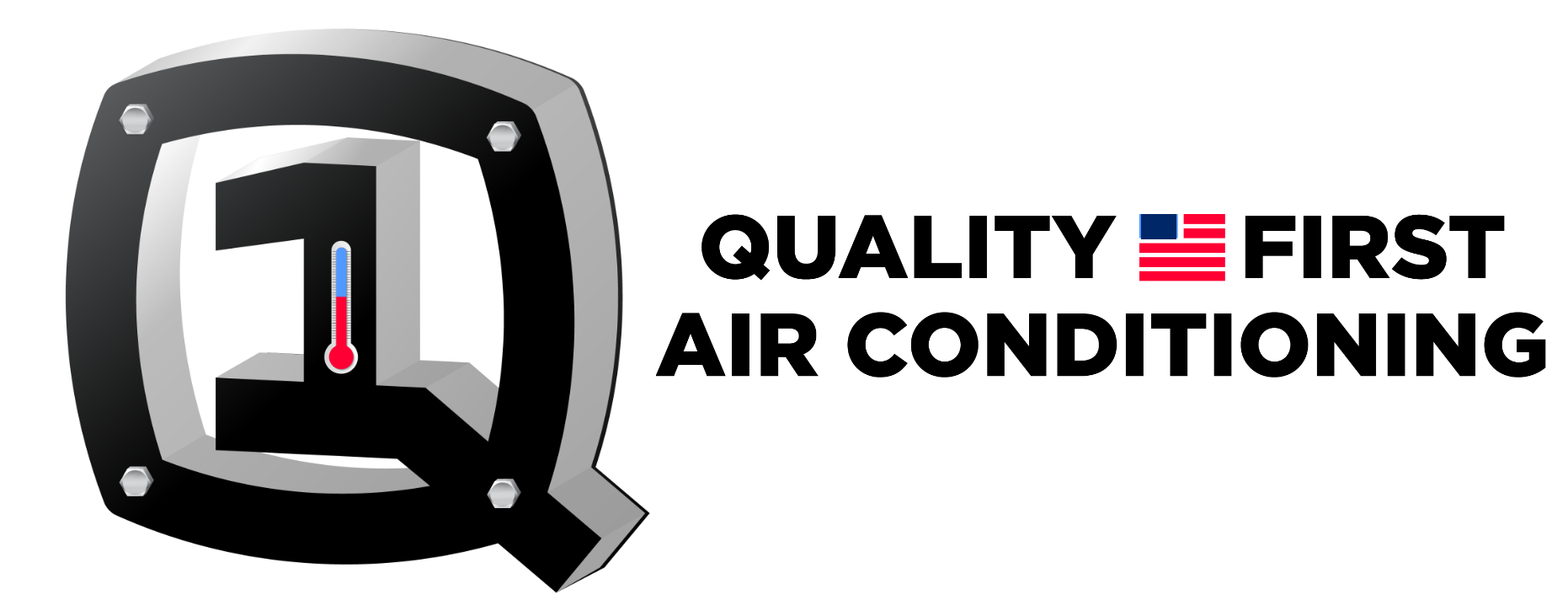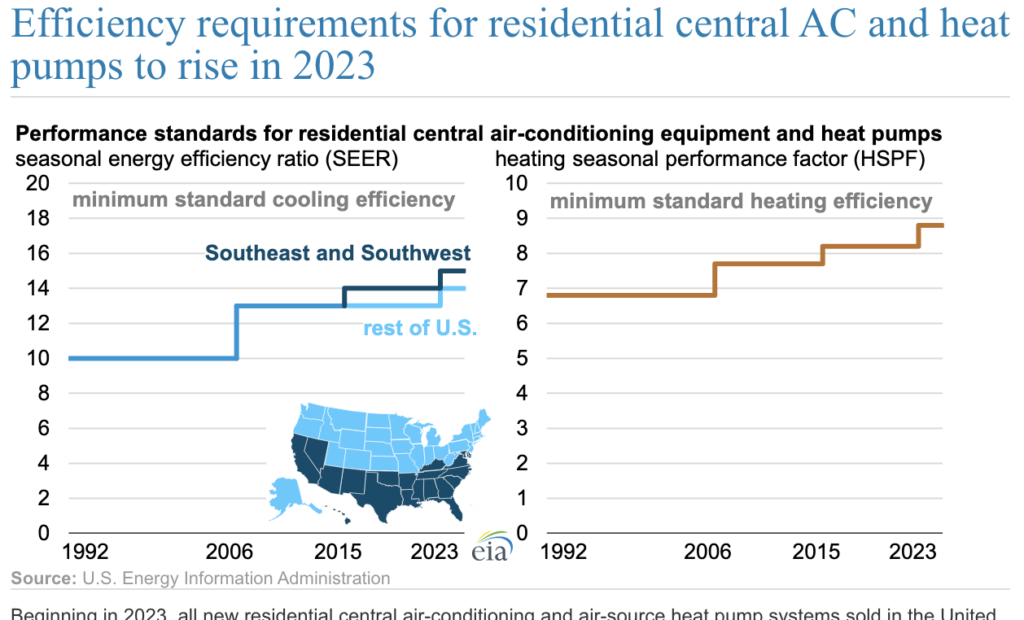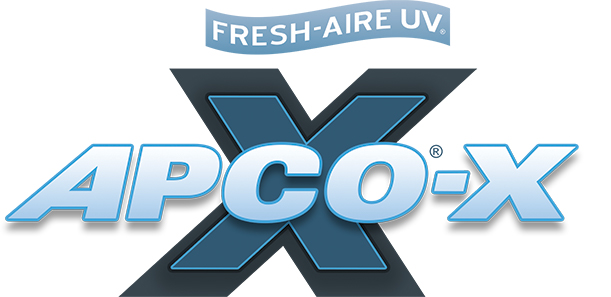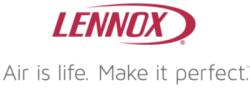New DOE Energy Efficiency Ratings
On January 1, 2023, the U.S. Department of Energy’s (DOE) new minimum efficiency standards for residential split A/C systems went into effect. These new regulations are part of the DOE’s ongoing initiative to reduce overall energy consumption in the United States. Additionally, the DOE test procedures have evolved to be more representative of real-world installations in today’s residences and will now be used to rate the level of energy efficiency.
For decades, the HVAC industry has used the term “Seer” to reflect the energy efficiency rating of an A/C system. Moving forward, the new term will be “Seer2”.
As we all can imagine, there are countless details we can get immersed in when reviewing DOE standards and A/C technologies. The purpose here is to provide a high-level summary of the main impact that Seer2 ratings will have on us as consumers in the South Florida marketplace.
What key changes does the Seer2 rating bring to the table?
As it relates to the Seer2 initiative, there are 3 U.S. Regions – North, Southeast, and Southwest. Obviously, South Florida, Boca Raton and Delray Air Conditioning Companies are part of the Southeast Region. The DOE’s stated objective in the Southeast was to drive a 7-10% energy efficiency increase with residential split A/C systems.
With the “classic” Seer ratings that were in place before 2023, there was a minimum Seer level requirement of 14.0 Seer for all split A/C residential systems. Using the same pre-2023 “classic” Seer rating, the new baseline requirement starting in 2023 is 15.0 Seer. The conversion of Seer level to new Seer2 level is 15.0 to 14.3. Stated otherwise, 15.0 Seer equals 14.3 Seer2.
An additional consideration for the new Seer2 rating requirements is the fact that they are dependent on the size of the A/C system. For a residential split A/C system of size smaller than 4 tons, the minimum Seer2 requirement is 14.3. For a residential split A/C system of size 4 tons or larger, the minimum Seer2 rating requirement is 13.8.
FPL offers a $150 Rebate towards the purchase of a new A/C System, what is the minimum Seer2 requirement?
FPL requires a Seer2 rating of 15.2 to qualify for their energy efficiency Rebate Program. The 15.2 Seer2 requirement applies to systems of all sizes in order to qualify for the FPL Rebate.
Understanding Efficiency Standards
Efficiency standards play an equivalent crucial role in promoting energy conservation and reducing environmental impact. In 2023, new equivalent minimum energy efficiency standards will be implemented for residential split air conditioning (A/C) systems. These updated requirements, equivalent for both manufacturers and consumers alike, will have significant implications.
2023 Requirements
The upcoming changes in energy efficiency standards will require higher Seasonal Energy Efficiency Ratio (SEER) ratings for split A/C systems. SEER is a measurement that indicates the cooling output of an A/C unit over a typical cooling season, divided by the total electric energy input during the same period. The higher the SEER rating, the more efficient the system is in converting electricity into cooling power.
These new requirements aim to enhance the overall energy efficiency of residential split A/C systems. By raising the bar for SEER ratings, manufacturers will need to develop and produce units that meet these stricter guidelines. This shift towards higher SEER ratings will result in reduced energy consumption and lower utility bills for consumers.
SEER Rating Basics
Understanding the basics of SEER ratings is essential in comprehending the significance of these new efficiency standards. SEER is a standardized metric used to measure an A/C system’s efficiency. It provides consumers with valuable information about how much cooling capacity they can expect from their unit relative to its energy consumption.
A higher SEER rating signifies that an A/C system can provide more cooling output while using less electricity compared to units with lower SEER ratings. For example, if you were to compare two A/C systems with different SEER ratings, let’s say 14 and 18, you would expect the unit with a rating of 18 to deliver more cooling power per unit of electricity consumed.
Nationwide Standards
The implementation of these new efficiency standards ensures uniform guidelines across the country. By setting consistent regulations, it creates a level playing field for manufacturers and helps consumers make informed decisions when purchasing A/C systems. These nationwide standards aim to improve energy efficiency on a broader scale and reduce the overall environmental impact of residential cooling.
For manufacturers, these standards mean that all their products must meet the same energy efficiency requirements, regardless of where they are sold within the country. This uniformity simplifies the manufacturing process and allows manufacturers to streamline their production lines accordingly.
On the consumer side, nationwide standards provide peace of mind knowing that all A/C systems available in the market meet certain energy efficiency criteria. This enables consumers to compare different models based on their SEER ratings and make more informed choices that align with their energy-saving goals.
Impact on Energy Consumption
Reduced Energy Bills
One of the significant benefits of the new DOE energy efficiency ratings for residential split A/C systems in 2023 is the potential savings on monthly energy bills. With these updated standards, homeowners can expect to see a noticeable decrease in their overall energy consumption, resulting in lower electricity costs.
The key factor behind this cost-saving advantage lies in the higher Seasonal Energy Efficiency Ratio (SEER) ratings required by the new regulations. SEER measures the cooling output of an air conditioning system over a typical cooling season divided by the total electric energy input during that same period. In simpler terms, it indicates how efficiently an A/C unit uses electricity to cool a space.
By upgrading to a system with a higher SEER rating, homeowners can significantly reduce their energy consumption and subsequently lower their monthly utility bills. For example, an older A/C unit with a SEER rating of 10 may consume twice as much electricity as a newer model with a SEER rating of 20 to achieve the same level of cooling. This substantial difference translates into tangible cost savings for homeowners over time.
Not only do these improved efficiency standards lead to immediate financial benefits for homeowners, but they also offer long-term advantages. By investing in an energy-efficient split A/C system, homeowners can enjoy consistent cost savings year after year. The reduced energy bills can add up significantly over time and contribute to better financial stability.
Environmental Benefits
In addition to reducing energy bills, the new DOE energy efficiency ratings also have positive environmental implications. By promoting sustainability through energy-efficient systems, these standards play a crucial role in minimizing our carbon footprint and mitigating climate change.
Energy-efficient split A/C systems help conserve valuable natural resources by consuming less electricity. This directly translates into lower greenhouse gas emissions from power plants that generate electricity. By reducing our reliance on fossil fuels for electricity production, we can significantly decrease air pollution and combat the negative effects of global warming.
Moreover, these energy-efficient systems contribute to a healthier and more sustainable environment. By minimizing our energy consumption, we are preserving natural resources for future generations. The reduced strain on power grids can help prevent blackouts and ensure a more reliable energy supply.
Regulatory Changes in 2024
Minimum SEER Increase
The new regulations for residential split air conditioning (A/C) systems in 2023 bring about significant changes to the energy efficiency ratings. One of the key aspects of these regulatory changes is the mandated increase in Seasonal Energy Efficiency Ratio (SEER) ratings. SEER is a measure of an A/C system’s cooling output over a typical cooling season, divided by the total electric energy input during the same period. By requiring a higher minimum SEER rating, the aim is to improve the overall energy performance of residential A/C systems.
With this increase, homeowners can expect their A/C systems to meet new minimum efficiency requirements. The higher SEER ratings signify better energy efficiency and lower energy consumption, which translates into reduced electricity bills for consumers. This shift towards more efficient A/C systems aligns with the global push for sustainable practices and reducing carbon emissions. It encourages manufacturers to develop and produce more environmentally friendly cooling solutions that help mitigate climate change.
Central ACs and Heat Pumps
The impact of these regulatory changes extends beyond residential split A/C systems; it also affects central air conditioners (ACs) and heat pumps. Central AC units are commonly used in larger homes or commercial buildings, while heat pumps provide both heating and cooling functions. As such, it is crucial to adapt the updated regulations for different types of systems.
The new standards will require central AC units and heat pumps to meet changes in efficiency criteria. These criteria determine how efficiently these larger cooling systems operate, ensuring that they adhere to the same principles as residential split A/C systems. By raising the bar on efficiency standards for central ACs and heat pumps, these regulations contribute to overall energy conservation efforts.
Split-System AC Updates
Efficiency Improvements
Advancements in technology have led to significant improvements in the efficiency of residential split air conditioning (A/C) systems. These updates are aimed at enhancing cooling performance while reducing energy consumption, resulting in both cost savings for homeowners and a reduced environmental impact.
One of the key ways manufacturers have achieved this is by incorporating innovative features into their A/C systems. For example, variable speed compressors allow the system to adjust its cooling capacity based on the specific needs of the space, ensuring that energy is not wasted by overcooling or undercooling. This not only improves efficiency but also enhances comfort levels for occupants.
Advanced sensors and smart thermostats have been integrated into newer models. These sensors can detect changes in temperature and humidity levels, enabling the A/C system to optimize its operation accordingly. By adjusting settings automatically based on real-time conditions, these systems can minimize energy usage without sacrificing comfort.
New Models Introduction
With the upcoming regulatory changes in 2023, manufacturers are introducing updated A/C models that are compliant with the new energy efficiency standards. These new models showcase enhanced features and improved efficiency compared to older units.
One notable improvement is the use of more environmentally friendly refrigerants. Many older A/C systems use refrigerants that contribute to ozone depletion and global warming. The new models will utilize alternative refrigerants that have a lower environmental impact, reducing greenhouse gas emissions and promoting sustainability.
Furthermore, these updated A/C models will provide consumers with more energy-efficient options. They will be designed to meet or exceed the minimum efficiency requirements set by regulations, ensuring that homeowners can choose from a range of highly efficient units that align with their budget and cooling needs.
The introduction of these new models also presents an opportunity for homeowners to upgrade their existing A/C systems. By replacing outdated units with more efficient ones, homeowners can enjoy improved comfort while reducing their energy bills. This can have a significant impact on long-term savings and contribute to a more sustainable future.
Packaged System Changes
Single Package AC
The new doe energy efficiency ratings for residential split A/C systems in 2023 also bring about changes for single package A/C units. These standalone systems are commonly used in smaller spaces or as an alternative to central air conditioning. With the updated regulations, manufacturers will need to adjust their designs to meet the revised standards.
One significant impact of the new regulations is the change in Seasonal Energy Efficiency Ratio (SEER) requirements for single package A/C units. SEER measures the cooling output of an air conditioner over a typical cooling season divided by the energy it consumes. The higher the SEER rating, the more efficient the system.
By upgrading to newer, more efficient models that comply with the revised SEER requirements, homeowners can enjoy several benefits. Firstly, these upgraded units will consume less energy while providing the same level of cooling comfort. This translates into lower electricity bills and reduced environmental impact.
Newer models often come equipped with advanced features and technologies that enhance overall performance and convenience. For example, some models offer smart thermostats that allow homeowners to control their A/C units remotely through their smartphones. Others may have improved noise reduction capabilities, ensuring a quieter indoor environment.
Heat Pump Adjustments
Heat pumps are another type of packaged system that will need adjustments to meet the new energy efficiency regulations. Heat pumps provide both heating and cooling capabilities by transferring heat between indoor and outdoor environments. With improved efficiency, these systems can deliver enhanced comfort while consuming less energy.
To ensure compliance with the updated regulations, manufacturers will focus on enhancing the heating and cooling capabilities of heat pumps. By optimizing components such as compressors, fans, and refrigerants, they can improve overall system efficiency.
The revised efficiency standards for heat pumps aim to reduce energy consumption during both heating and cooling seasons. This means that homeowners can expect lower utility bills without compromising on comfort levels. Furthermore, increased efficiency also contributes to a more sustainable future by reducing carbon emissions.
It is important for homeowners to be aware of these changes and consider upgrading their heat pump systems accordingly. By investing in a more efficient heat pump, they can enjoy the benefits of improved comfort, lower energy costs, and reduced environmental impact.
As a consumer, what’s my net-net with the new Seer2 rating?
More than anything, it’s an awareness of the new Seer2 term and the fact that the rating scale is different. 15.2 Seer2 is now the previous 16.0 Seer. 14.3 Seer2 is now the previous 15.0 Seer. Classic “Seer” equipment is not allowed by law to be sold into the marketplace now. Seer2 rated residential split A/C systems are the only option you will have as we move forward. A/C equipment already installed with the “classic” Seer ratings are unaffected by the new Seer2 requirements and will still be supported over their operational life by Quality First Air Conditioning (Boca Raton, Delray) as well as the manufacturer.



























[…] January 1, 2023, the U.S. Department of Energy’s (DOE) new minimum efficiency standards for residential split A/C systems went into effect. These new regulations are part of the DOE’s ongoing initiative to reduce […]